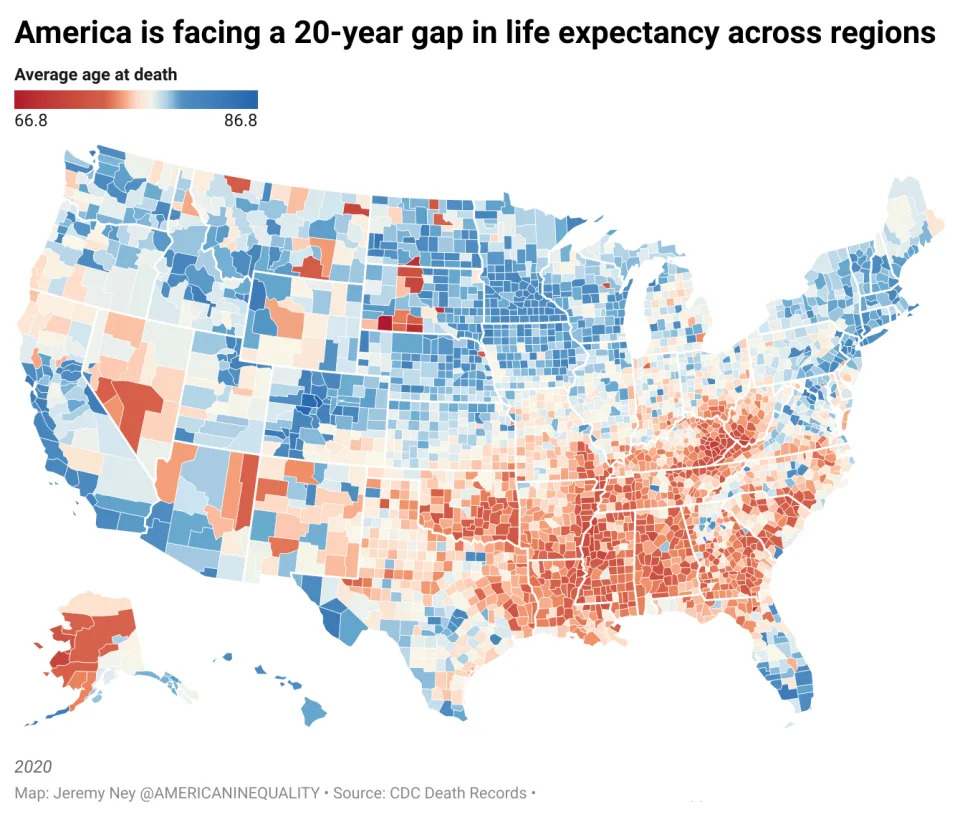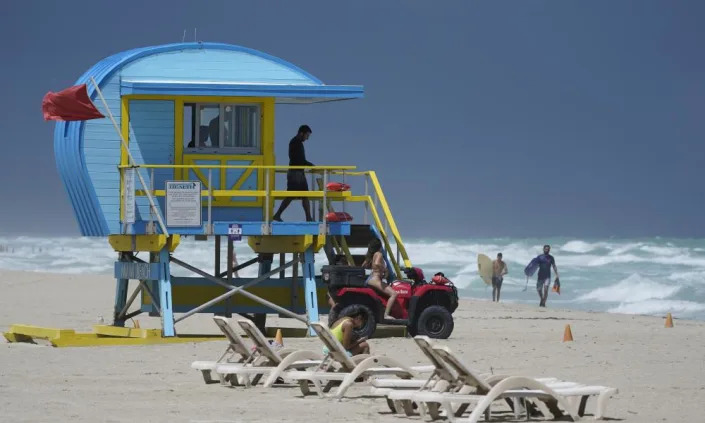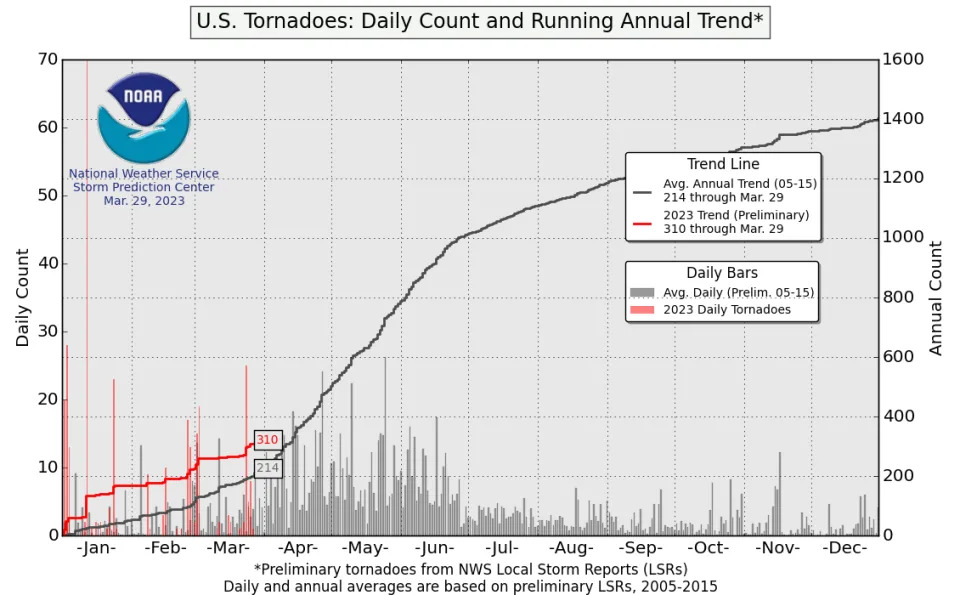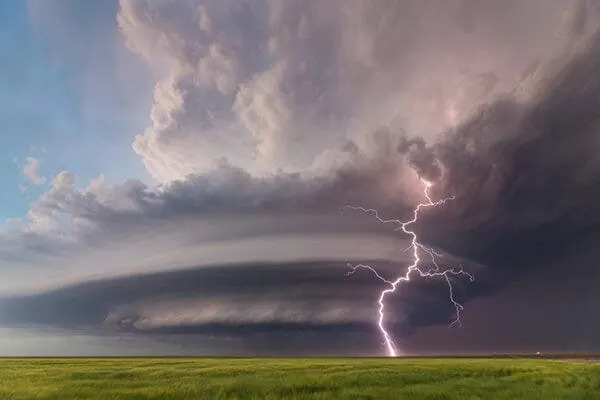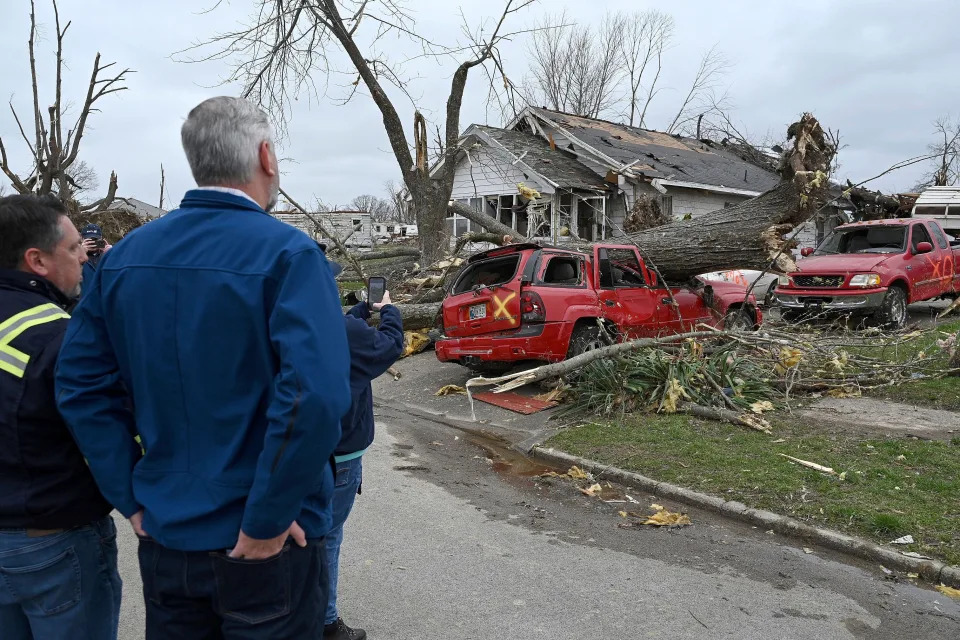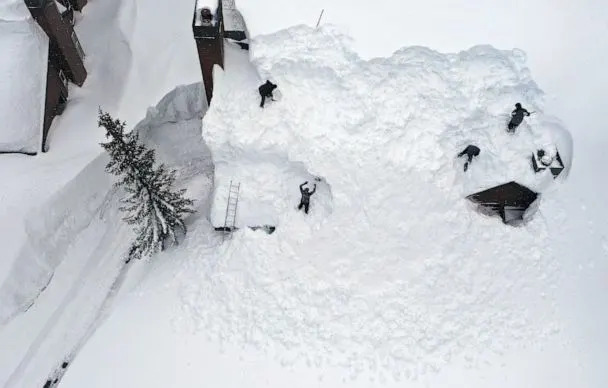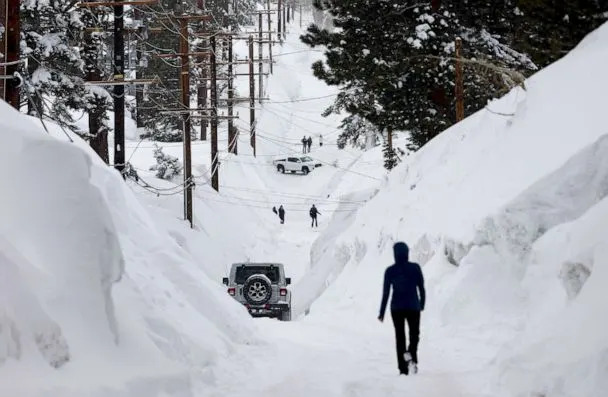USA Today
18,000 cows killed in explosion, fire at Texas dairy farm may be largest cattle killing ever
Rick Jervis, USA TODAY – April 12, 2023
The fire spread quickly through the holding pens, where thousands of dairy cows crowded together waiting to be milked, trapped in deadly confines.
After subduing the fire at the west Texas dairy farm Monday evening, officials were stunned at the scale of livestock death left behind: 18,000 head of cattle perished in the fire at the South Fork Dairy farm near Dimmitt, Texas – or nearly three times the number of cattle led to slaughter each day across the U.S.
A dairy farm worker rescued from inside the structure was taken to an area hospital and was in critical but stable condition as of Tuesday. There were no other human casualties.
Special report: ‘We don’t seem to learn’: The West, Texas, fertilizer plant explosion, 10 years later
“It’s mind-boggling,” Dimmitt Mayor Roger Malone said of the number of bovine deaths. “I don’t think it’s ever happened before around here. It’s a real tragedy.”
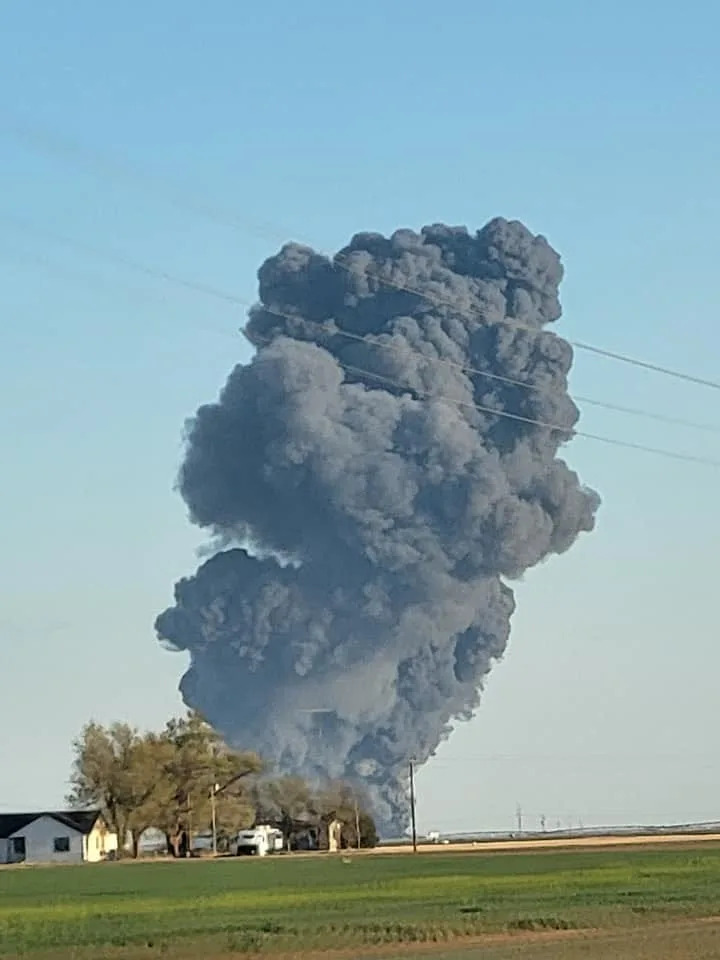
It was the biggest single-incident death of cattle in the country since the Animal Welfare Institute, a Washington-based animal advocacy group, began tracking barn and farm fires in 2013.
That easily surpassed the previous high: a 2020 fire at an upstate New York dairy farm that consumed around 400 cows, said Allie Granger, a policy associate at the institute.
“This is the deadliest fire involving cattle we know of,” she said of the Texas incident. “In the past, we have seen fires involving several hundred cows at a time, but nothing anything near this level of mortality.”
Where was the Texas cattle fire?
Castro County, where the fire occurred, is open prairie land dotted with dairy farms and cattle ranches, about 70 miles southwest of Amarillo.
Pictures posted on social media by bystanders showed the large plume of black smoke lifting from the farm fire, as well as charred cows that were saved from the structure.
What caused the dairy farm explosion?
A malfunction in a piece of equipment at the South Fork Dairy farm may have caused an explosion that led to the fire, said County Judge Mandy Gfeller, the county’s top executive. Texas fire officials are still investigating the exact cause, she said.
Malone, the mayor, said he wasn’t aware of any previous fires reported at the facility. He said the dairy had opened in the area just over three years ago and employed between 50 to 60 people.
The owners of South Fork Dairy couldn’t be reached for comment.
How many cows were killed in the dairy fire?
Most of the perished animals – a mix of Holstein and Jersey cows – were in a large holding pen before being milked, she said. The 18,000 cows represented about 90% of the farm’s total herd.
With each cow valued roughly at around $2,000, the company’s losses in livestock could stretch into the tens of millions of dollars, Gfeller said. That doesn’t include equipment and structure loss.
“You’re looking at a devastating loss,” she said. “My heart goes out to each person involved in that operation.”
How did the Texas dairy compare with the rest of the country?

Texas ranks fourth nationally in milk production, home to 319 Grade A dairies with an estimated 625,000 cows producing almost 16.5 billion pounds of milk a year, according to the Texas Association of Dairymen, a trade group.
And Castro County is the second-highest producing county in Texas, with 15 dairies producing 148,000 pounds of milk a month, according to the U.S. Department of Agriculture.
Even by Texas standards, South Fork Dairy was a behemoth. Its 18,000 cattle made it nearly 10 times larger than the average dairy herd in Texas.
It’s not the first time large numbers of Texas cattle have died, but rarely do so many perish from a single fire. A blizzard in December 2015 killed off around 20,000 cattle across the Texas panhandle, according to the Texas Association of Dairymen.
And Hurricane Harvey in 2017 drowned thousands more in Southeast Texas, leading to $93 million in livestock losses across the state, according to Texas A&M AgriLife Extension Service.
What happens next?
Now, state and dairy officials are turning to the massive, messy task of cleaning up 18,000 charred cow carcasses. On its website, the Texas Commission on Environmental Quality lists several rules for onsite burial of carcasses, including burying the animal at least 50 feet from the nearest well and recording GPS coordinates of the site. Nowhere does it mention mass graves, however.
TCEQ and the AgriLife Extension Service are teaming up to assist in the clean up effort, officials said.
Malone, Dimmitt’s mayor, said he’s taken emergency management courses that teach how to dispose of animal carcasses after a disaster, just not at this scale.
“How do you dispose of 18,000 carcasses?” he said. “That’s something you just don’t run into very much.”


